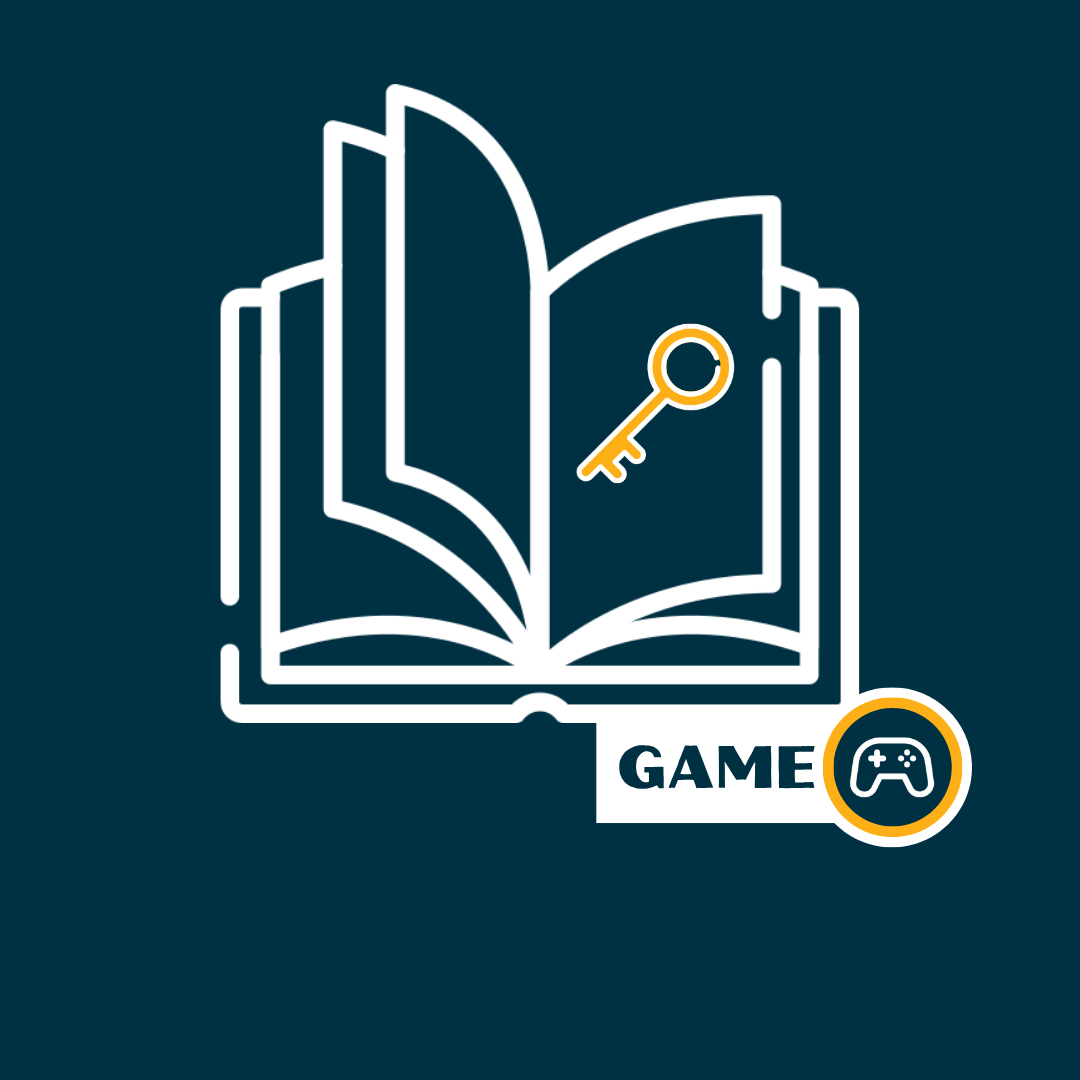The Morning Routine
Society’s obsession with overly programmed glimpses of daily life.

We have all seen gorgeous morning routine videos offering the promise of more fulfilling days. But how many of us are able to actually implement these routines in our life? Pragya Kalla, a trained psychiatrist, addresses the paralysis this content often causes. She describes a simple tool from Cognitive Behavioral Therapy that might help us customize our mornings in a way that actually sticks.
***
The covers are pulled off, revealing a disheveled appearance that somehow appears coordinated. Then a shot of the clock, with a time no later than 5am, followed by a montage of various fitness routines, colorful breakfasts, journaling, and immaculately organized work-from-home office spaces.
As a society, we have been inundated with content emphasizing "routine", whether it be skincare, fitness, cleaning, or "the 5-9 before the 9-5". Our unending appetite for life advice, preferably neatly organized into simple structures, has fueled the rise of content creators showcasing these kinds of regimented practices.
But are most of us really consuming this content with a sincere intent to implement the tips into our lives? Or is the real payoff in fantasizing about the person we could become if it was us in that matching jogger set or meditating in front of that beeswax candle?
What could change in our lives, in this parallel universe in which we take a cold plunge or give ourselves an oil massage before sunrise every morning? Perhaps watching this type of content gives us a sense of motivation to evolve in our lives for the better. But how often does this sensation actually lead to tangible change?
The content we consume is curated. It is designed to be presented in a certain way to achieve the goal of the creator, whatever that may be.
And while most of the time, the habits and routines displayed are done with good intention to motivate others to create healthy changes in their lives, they are likely not universally applicable or personalized to each individual viewer.
Much can be said about the importance of healthy habits, along with the methods required to build them. In reality the process can be slow, unglamorous, and full of barriers and setbacks.
However, the type of content we view makes it look effortless which can lead to feelings of hopelessness and disappointment in viewers who set out to achieve the regimented routine they were inspired by.
Activity Scheduling: A Personalizing Tool for Daily Routines
One approach to this topic of “routines” is through a tool utilized in cognitive behavioral therapy (CBT), an evidence-based practice through which changing behaviors can lead to changes in thoughts and feelings, and vice versa.
This particular tool, called “Activity Scheduling,” is described in detail in psychologist Dr. David Tolin's book Doing CBT. It can be incorporated as part of a comprehensive CBT approach, especially when an individual may be depressed and unable to find motivation to do things that bring meaning to their life.
While the title itself might be self-explanatory, there are some key features that are not initially obvious.
In order to effectively use Activity Scheduling, it is important to evaluate what fills our day and assess whether each task gives us a sense of mastery versus pleasure, or both, and to what degree.
The initial step is not necessarily to start scheduling things into the day that would rate highly in these two categories, but rather to just observe and record your current routine to get a sense of which activities are giving you a sense of mastery and pleasure, ranking each from 0-10.
For example, wake up on time (7 points for mastery, 0 for pleasure), eat fruit loops for breakfast (0 points for mastery, 10 points for pleasure), practice violin for an upcoming performance (9 points for mastery, 8 points for pleasure), etc.
Another part of this self-monitoring phase is to also observe and record your mood after completion of each of these activities that fill a normal day. After some time of consistent self-monitoring, you start purposefully scheduling activities using the data that has been collected.
Generally speaking, a series of tasks that provide an individual with a balance of both mastery and pleasure lead to motivation, improved mood, and sustained change.
The sleek, frame-after-frame of aestheticized morning routines seen on social media may inspire some to attempt to fill their time with activities that would rank highly on the “mastery” scale, but perhaps not as much on the “pleasure” scale.
It’s not hard to imagine that robotically performing tasks solely because they bring a sense of accomplishment (with no sense of joy or pleasure in the actual undertaking), will likely lead to burn-out. Burnout results in stopping the task, which in turn can create a sense of shame, guilt, and hopelessness.
Being motivated to stick to a routine or certain tasks for the long haul is facilitated by the crucial “pleasure” component included in this tool.
Routines in World Cultures
While making Reels and TikToks to showcase routines may be a recent phenomenon, the actual concept of following a morning routine is ancient and well defined in several cultures.
People in the Nordic countries (Sweden, Norway, Finland, and Iceland) have the tradition of going through extremes of temperature in the morning to achieve balance in the mind and body.
This starts with a “sauna” to warm up the body, relax the muscles, and have time for mindful reflection.
Then the body is immersed in a near freezing body of water for a tolerable amount of time which stimulates the cardiovascular system, releases endorphins, and boosts immunity.
In Ayurveda, the ancient Hindu system of medicine, emphasis is placed on various cleansing practices, self-massaging with warm oil to nourish the skin and improve circulation, gently moving the body through yoga postures, and calming the mind through meditation and breathing.
Specific practices may vary based on an individual’s unique constitution or “dosha”.
Evaluating practices from both cultures described above from the lens of cognitive behavioral therapy, we can see that certain actions or behaviors can create change in the mind, giving a sense of contentment and pleasure while also cultivating mastery.
The next time you’re scrolling, and you see a carefully curated video of a morning routine with an addicting cadence, whispering promises of the person you could be, consider this concept of creating lasting change by scheduling activities that are personalized and balanced for you.
Opinions expressed are solely the author’s own and do not reflect the views of their employer.

 0
0
Featured Content
Stay up-to-date with our latest articles











